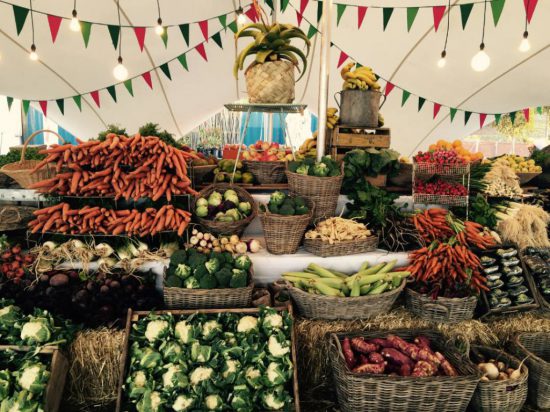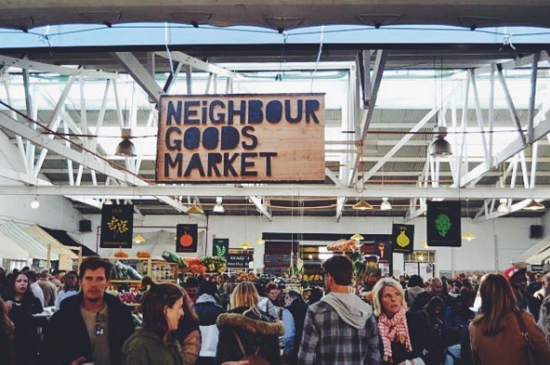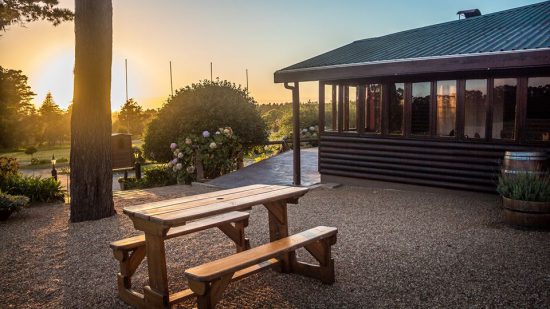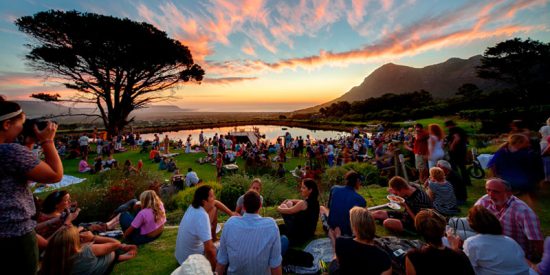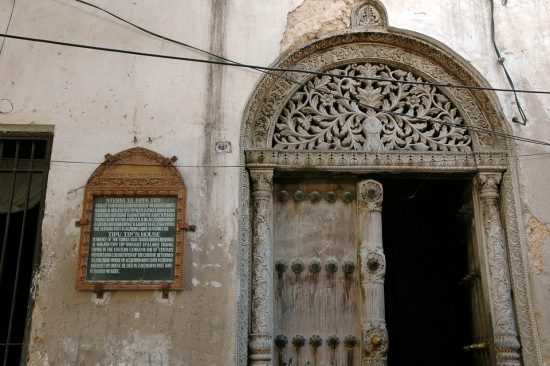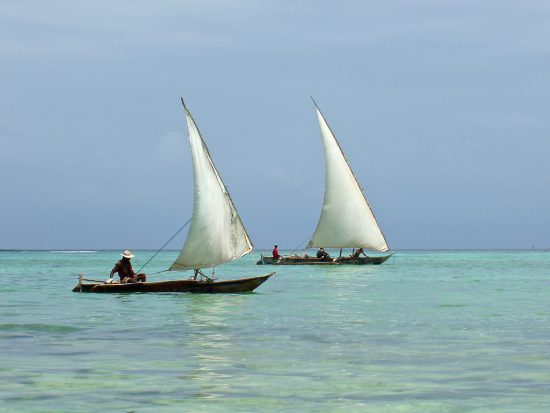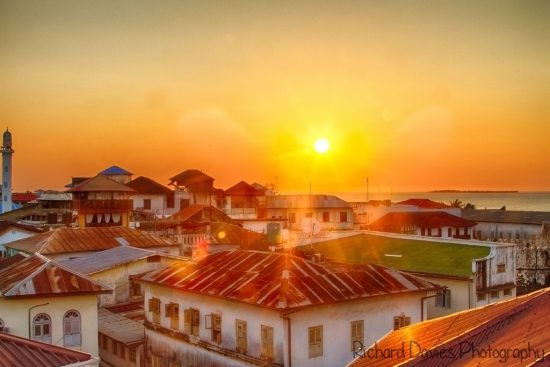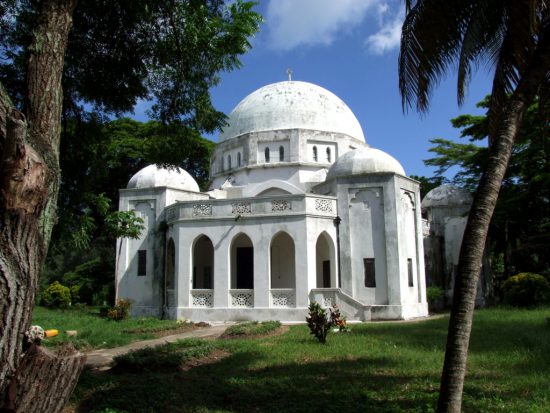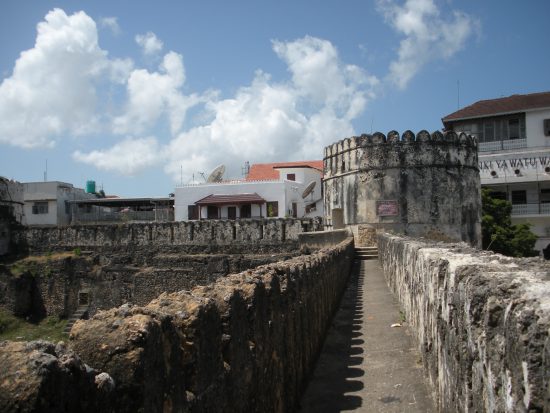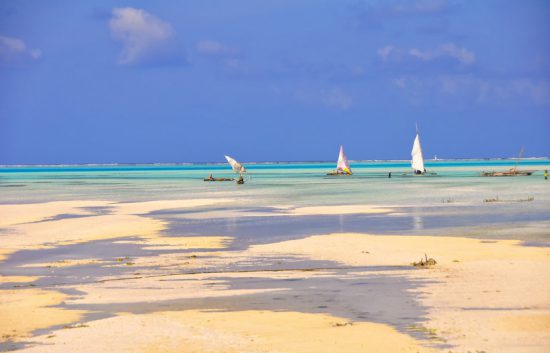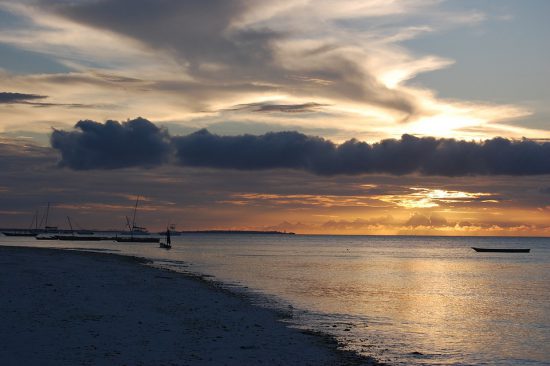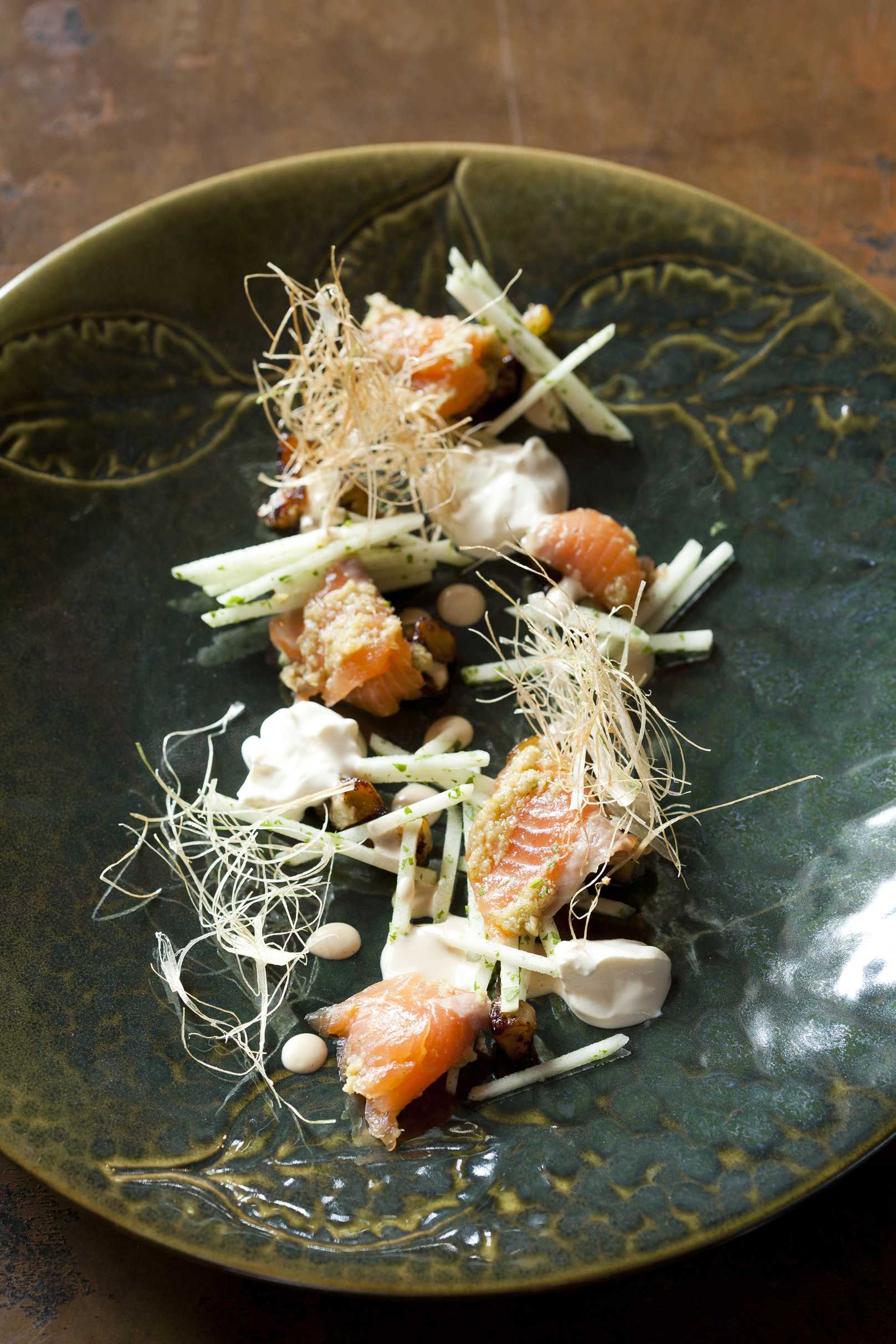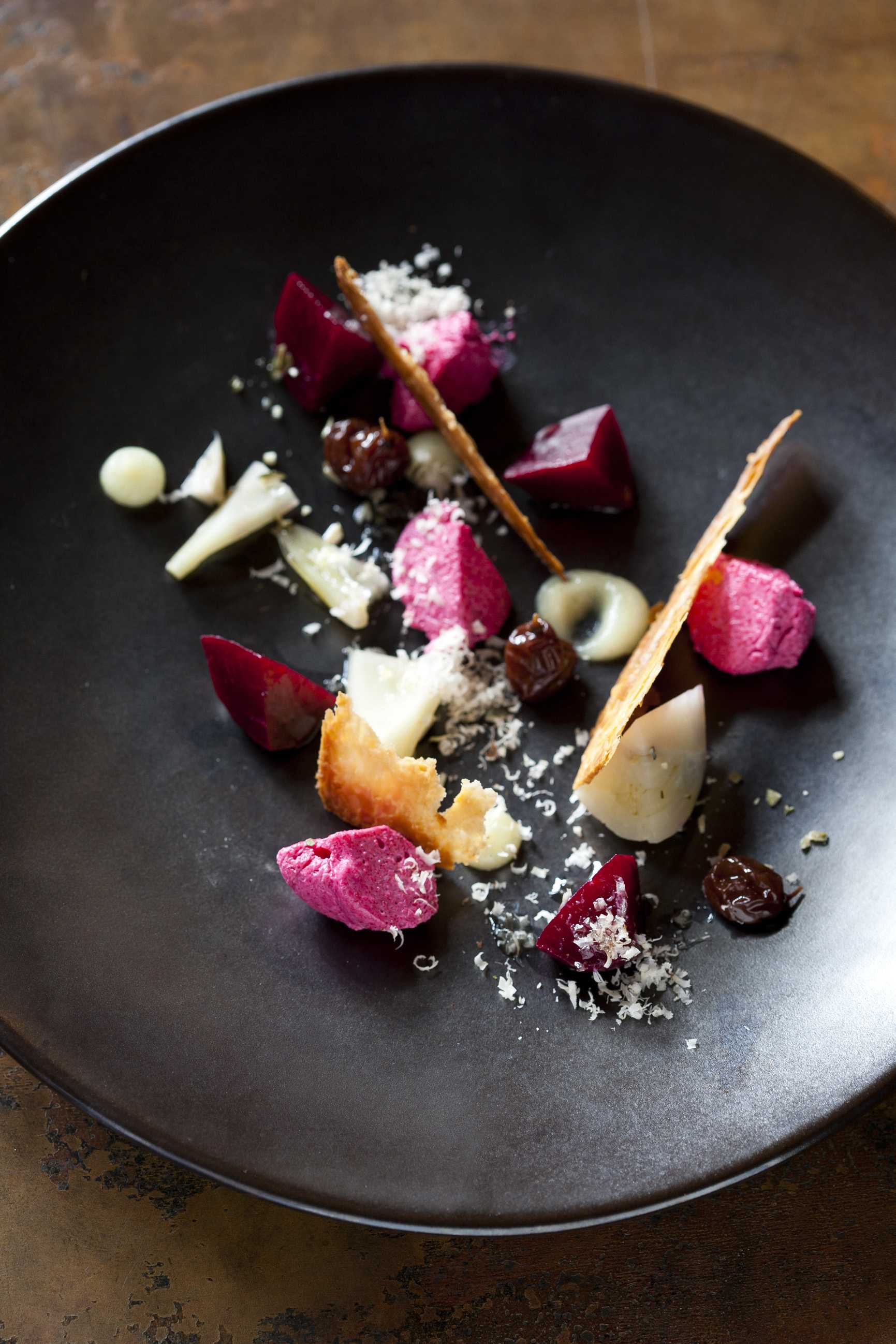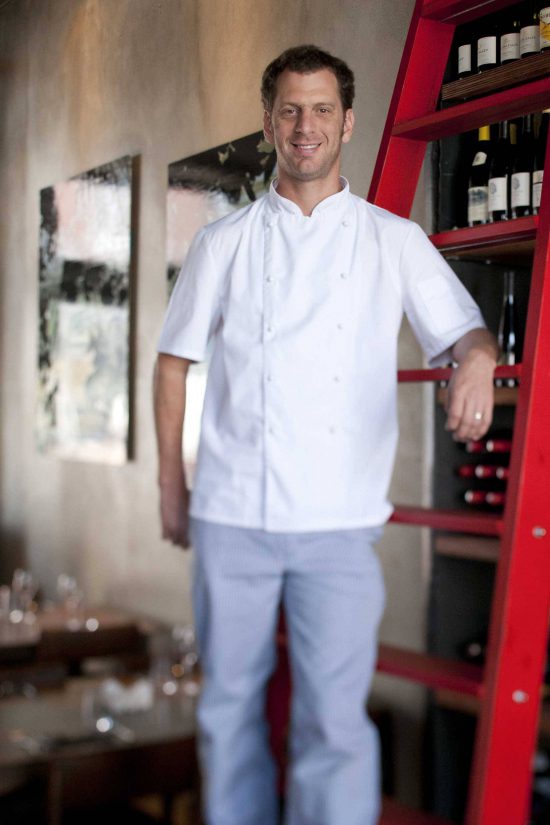“I have measured out my life with coffee spoons” – T. S. Eliot
Coffee is the story of hope and betrayal, conflict and passion, community and society, adventure and discovery, inspiration and change, and a pursuit for the ultimate satisfaction.
So, like a grunting and snuffling truffle hound, or in this case a Rhino, the Horny Grazer has been on the hunt for the best cappuccino in Cape Town, learning a few things about coffee along the way.

Five things you didn’t know about coffee:
Originally, coffee was eaten. African tribes mixed coffee berries with fat to form edible energy balls.
Hawaii is the only state in the US that grows coffee.
In 1675, the King of England banned coffee houses, claiming they were places where people met to conspire against him.
A Belgian man by the name of George Washington invented instant coffee in 1906.
Coffee is the second most traded commodity on earth (oil is the first). Clearly humanity has a thing for black drippy liquids.
There are four great roasters in Cape Town – Espresso Lab, Origin, Deluxe Coffeeworks and Truth. All fantastic places passionate about coffee – if you love coffee as much as we do, then pay them a visit. It’s a fascinating experience where you can enjoy a coffee or pick up some deliciously different coffee to enjoy at home. Our favourite of the roasters though is the Espresso Lab in the Old Biscuit Mill in Woodstock.

In an interview with GQ magazine, Renato Correia, proprietor and barista at Espresso Lab Microroasters, answered some frequently asked questions about great coffee:
Is good coffee grown or made?
As a roaster, your coffee is only as good as how the farmer intended it to be. So it’s of utmost importance to choose only the best green coffee beans, because as a roaster or barista, you cannot take an average bean and work miracles. The farmer’s commitment to quality is the start to a long process and growing great coffee sets the benchmark to your end product.
What typifies a great espresso?
It’s often challenging for a novice to analyze a coffee and to know how to determine the difference between a bad espresso and a stellar one. The most common misconception is that an espresso is assessed by its crema. A fine espresso has good qualities such as acidity, body and sweetness, the total package. I think crucially, any sign of bitterness is an indication of a bad roasted coffee or a coffee that has been extracted incorrectly.
Is the addition of milk and sugar sacrilegious?
Not necessarily. I too would put 2-3 teaspoons of sugar if presented with an awful coffee to compensate for the lack of sweetness in the cup. Milk and sugar have sadly crept into coffee due to the lack of quality. A top quality coffee, well roasted and correctly extracted should need no additions to it. There are coffee recipes that include milk, such as a cappuccino and latte that compliment the coffee nicely. There should however be a balance of flavours, between the soft sweet character of the steamed milk and the coffee.
What makes a perfect roast?
We’re always pursing the sweetness in coffee, so a roast that has been optimized to bring out these qualities is to me perfection. Each bean has its character profile, such as fruity, chocolate, nutty flavors. It’s the roasters job to bring out these qualities. Often roasters try to eliminate certain aspects of the coffee, such as roasting darker to get rid of acidity, but in my view that is incorrect.
Why take a great Kenyan with bright acidity and sweetness and roast it dark to eliminate it prominent character. A perfect roast if one that allows the bean to shine, not the roaster.
Where is the best coffee grown?
I have to be a little partial and say Africa. African coffees are sought after worldwide and have the sweetness and complexity that roasters seek. But it’s important to note that not all coffees in Africa are good. There are varying degrees of quality that need to be adhered to, such as how the harvests were processed, shipped, etc. Best growing conditions exist in the equator, on hillsides and plantations. It’s at altitude that coffee ripens slowly, under optimal conditions, in nutrient soil, which Africa has in abundance. Even though coffee is grown in South Africa, sadly we do not have the perfect conditions to produce world-class coffee.
What should a good coffee taste like?
The coffee bean is actually a seed inside of a bright red berry. Since coffee comes from berries, it’s only natural that we seek fruitiness, sweetness and acidity, which are normally the first things to deteriorate when coffee gets old or is poorly roasted.
What are the most important things when it comes to coffee?
Buy coffee that is freshly roasted. Coffee has an optimal period of freshness and we find that it’s crucial that it should be consumed within three to four weeks of its roast date.
Once you get your hands on freshly roasted coffee, you will need clean brewing equipment, fresh purified water, correct dosing and the proper grind. These factors are crucial irrespective of your brewing method and should never be compromised.
Avoid buying coffee from a supermarket. This may be a broad statement, but as coffee is as temperamental as any fresh produce, more often than not the optimal freshness of coffee is long gone before it has even reached the shelves of the supermarket. Rather support your local roaster as it helps push the awareness of coffee and force the industry to review it current practice of lack of traceability and accountability of selling stale and past its prime coffee.
70% of the world consumes Arabica coffee, which is mild and aromatic – the remaining 30% drinks Robusta which is more bitter tasting, but has 50% more caffeine. Arabica beans grow best at altitudes over 2,500 feet. Arabica production represents 80% of the world’s coffee trade, however, only 10% of this meets specialty coffee standards. Bean There guarantees their customers a part of that exclusive 10%.
So there you have it. That’s the science. But a great cappuccino is not just about the quality of the coffee. It’s also about the temperature of the water, the milk and the density of the froth. And of course the ambience of the venue and friendliness of your barista.
We’ve only just started our search, but here are our Top 5 places to enjoy a great cappuccino in Cape Town. If you have a favourite that’s not on our list, then please share it with us.
Top 5 Cappuccinos:
- Espresso Lab (Old Biscuit Mill, Woodstock) – it seems it isn’t just us that love this place
- Origin (De Waterkant)
- The Cookshop (Gardens)
- Giovanni’s Deli (Sea Point)
- Myatt Cafe (V&A Waterfront)
Read more in our blog of top eateries and drinking spots in Cape Town for 2012 here.
I’d like to just embellish slightly on the Cookshop here, since it’s right next door to Rhino Africa HQ and the provider of our daily caffeine intake – 117 Hatfield Street next to Company Gardens. Staff arrive at 6am sharp to prepare freshly baked goods for their 7am opening. Their savoury breakfast pies, with a Parmesan crust, are often still in the tray and piping hot for patrons to smell. The coffee is Deluxe coffee, which is roasted on site at Deluxe Coffeeworks in nearby Church Street. The ebullient Tom readily admits that he’s a snob when it comes to coffee, so he only sources the real deal. It’s a friendly, intimate and organic sort of place with the best chocolate brownies in town. The lunch buffet is fantastic, but look out too for the delicious sarmies and freshly squeezed juices. They love to chat and share recipes, but don’t ask about the mayonnaise – that’s a secret!
Who would have thought there’d be so much to write about coffee? And we haven’t even got into the differences between a cappuccino and a flat white…

